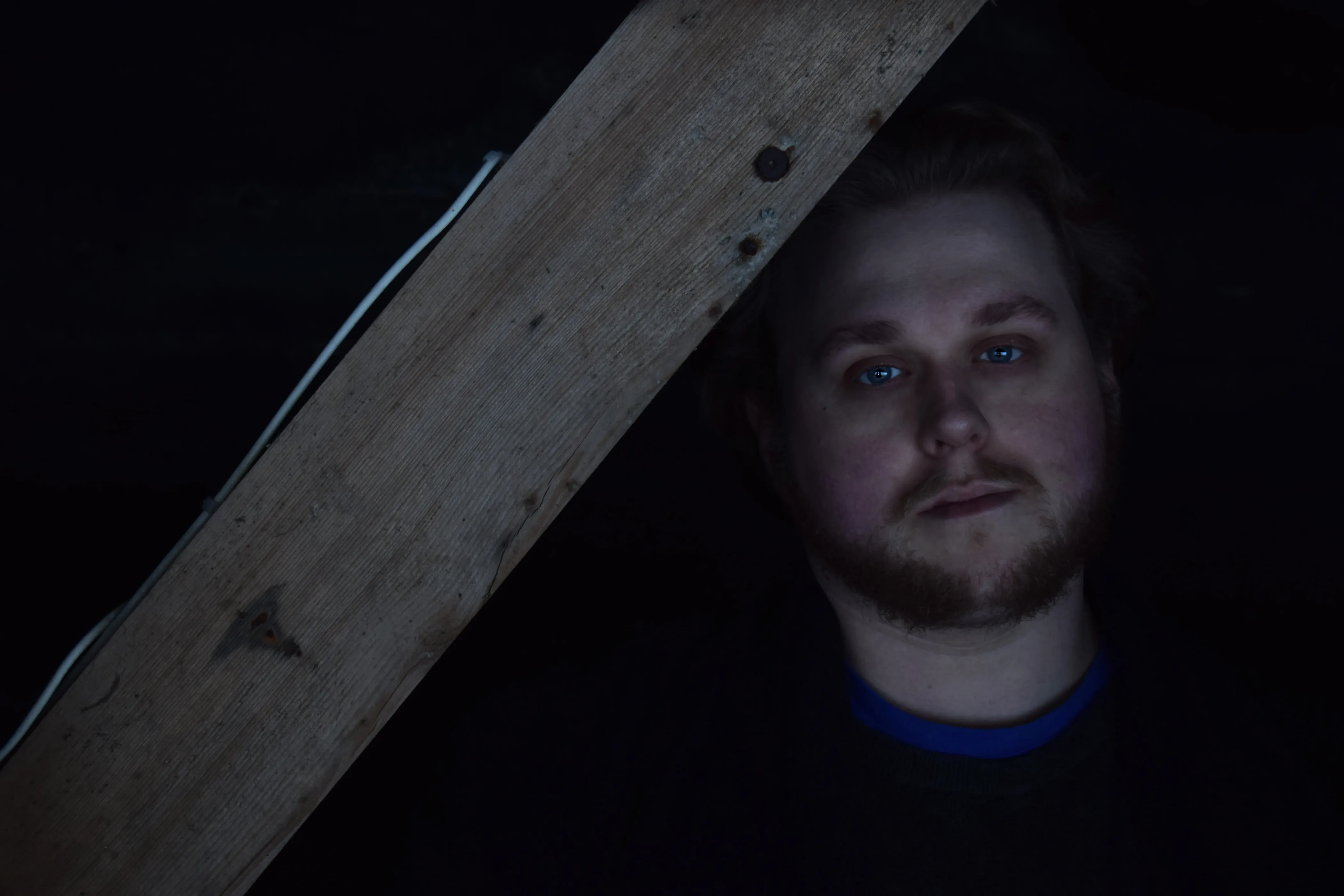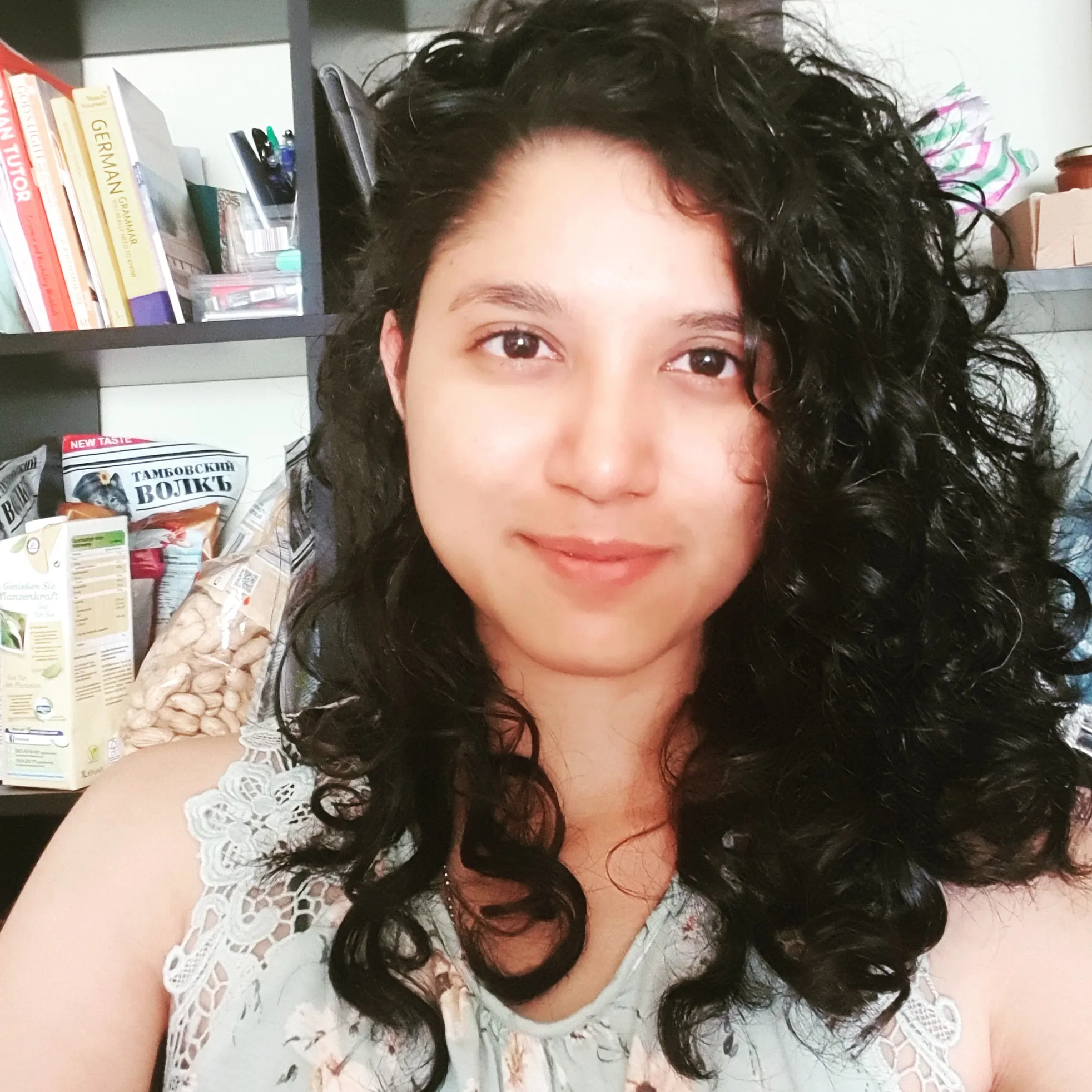Why people love ipassio?
World-class masters as teachers
Personalized & Interactive 1-on-1 classes
Course studio that amplifies learning
Access to the global creative community
Pay as you go - 2 classes at a time
World-class masters as teachers
Personalized & Interactive 1-on-1 classes
Show more
Explore Online Tabla Courses

Our Happy Learners

Real Progress, Real Impact
About Online Tabla Classes
How to learn Tabla as a beginner?
Learning to play Tabla is not as hard as it looks. Playing Tabla, or is it locally referred to as “tabla bajana” is an art that even beginners can grasp easily. Like every Indian classical instrument, it is best to take tabla lessons directly from teachers rather than relying on free online resources. Adhering to the traditional guru shishya parampara, at ipassio, our teachers take tabla classes online via video conferencing. This wonderful Indian percussion instrument requires students to develop their rhythmic skills as tabla can be performed both as solo and as an accompanying instrument. Beginner students usually take about a month or two to get the right sound from dayan and bayan. It can be frustrating for new students, but with the right guidance from a tabla master, you can get your basics strong.
Why Tabla classes from ipassio?
Tabla teachers at ipassio are some of the best musicians in the world. They can lay a strong basic foundation for your tabla learning as well as help you nurture your tabla career. You get access to famous tabla teachers right from your living room. Depending on the teachers available, you can get tabla lessons taken in different languages such as Marathi, Bengali, Punjabi, Hindi, English and many more. Teachers will also give you assignments and exercises that can be practiced after classes. This allows an all-round tabla learning for you.
Topics to be covered under online Tabla lessons
Students will learn about different parts of tabla such as chat, syahi, maidan, gajra etc. Various sitting postures and hand positioning will be covered in tabla lessons. Training on tabla will be commenced with different bols or syllables and then thekas, which is an arrangement of bols played on tabla. Then the tabla lessons will move on with specific taals like Dadra, Kaharwa, Teen Taal, Rupak, Jhap Taal, Ektaal, Chautaal, Dhamaar, Mattaal and rhythm. Students will also cover beginner to advanced levels of interpreting notations. Tuning of tabla will also be taught extensively. The exact tempo of the music, which is indicated on a metronome will also be used to take tabla classes. Students will be then taught how to follow a time cycle of 6 and 8 beats in a song which is followed by several Hindustani compositions in the lessons.
Major cities our students come from :
United States of America : New York, Los Angeles, Fremont, San Jose, Santa Clara, Chicago, Houston, Philadelphia, Phoenix, Dallas, Austin, Denver, Seattle, Detroit, Washington, Boston, Memphis, Nashville, Portland, Las Vegas, Sacramento, Colorado Springs, New Orleans
United Kingdom : London, Birmingham, Leicester, Slough, Leeds, Manchester, Glasgow, Liverpool
India : Bengaluru, Pune, Mumbai, Kolkata, Delhi, Patna, Hyderabad, Chennai, Jaipur
It typically takes around 9 to 12 months to develop decent tabla playing skills. It also depends on the time of practicing.
Our educators advise students to practice for at least an hour every day so that they are up to date with whatever techniques or pointers they learn over the class. It also depends on the kind of level you are learning at and also your aim. Students can pitch in more time if they are aiming to develop their skills from scratch to a professional level.
Tabla is difficult to learn but with live lessons by the best-seasoned professionals on ipassio, learning Tabla will never be difficult.
The best way you could learn Tabla is through live lessons. With premium-quality courses that are carefully curated for students by acclaimed educators, pave your way to learning the tabla in the best possible way.
Yes, you can absolutely learn Tabla online! It's always best to learn tabla from an expert guruji, but you can also learn tabla from websites, YouTube channels, and other internet sources.
The right age to start learning the tabla can vary depending on the individual child’s interest, attention span, and physical ability. Generally, children can begin learning the basics of tabla around the age of 5 to 7 years old. At this age, they typically have the necessary motor skills to handle the instrument and can start to grasp basic rhythms and patterns. However, the most important factors are the child's interest in music and their willingness to practice regularly. If a child shows a keen interest in learning the tabla and can focus on lessons, they can start even if they are slightly younger.
There is no maximum age for learning the tabla. People of all ages can start learning the instrument as long as they have the interest and dedication to practice regularly. Adults and older individuals can benefit from learning tabla as it can enhance cognitive skills, improve hand-eye coordination, and provide a fulfilling and enjoyable musical experience. The key to success at any age is a commitment to consistent practice and a passion for music. Whether you are a child, teenager, adult, or senior, you can begin learning tabla and enjoy the process of mastering this beautiful percussion instrument.
Proper hand and finger positioning is crucial for playing the tabla. Your right hand should have the index finger placed on the syahi (black spot) while the middle and ring fingers are used to strike the rim. The left hand should use the base of the palm and the fingertips to produce different sounds. Make sure your fingers are relaxed yet firm to avoid strain and ensure fluid movements.
Sit cross-legged on the floor with the bayan (left drum) slightly to your left and the dayan (right drum) directly in front of you. Keep your back straight and shoulders relaxed to maintain good posture. This will help you play comfortably for extended periods and prevent back and shoulder pain.
Tuning the tabla involves adjusting the tension of the straps around the drum. Use a tuning hammer to gently tap the gattas (wooden blocks) upwards or downwards to achieve the desired pitch. For the dayan, match the pitch to the tonic note (Sa) of your composition. The bayan is typically tuned to a lower pitch that complements the dayan.
A balanced daily practice routine should include warm-up exercises, practicing basic bols (syllables), working on specific taals (rhythms), and improvisation. Start with 10-15 minutes of hand exercises, then spend 30 minutes on basic patterns and another 30 minutes on learning and practicing new taals. End with 10-15 minutes of free play to develop creativity and fluidity.
To practice taals effectively, start slowly and focus on accuracy and clarity of each bol. Use a metronome or a tabla app to keep a steady tempo. Gradually increase the speed as you become more comfortable. Break down complex taals into smaller sections and practice each section repeatedly before putting it all together.
Practice exercises like dha dhin dhin dha and na tin tin na repeatedly, starting slowly and gradually increasing speed. Use a metronome to track your tempo and ensure consistency. Finger exercises, such as playing open and closed strokes alternately, can also enhance speed and precision.
Counting and keeping time in complex rhythms requires understanding the structure of the taal. Break it down into smaller sections and count out loud while playing. Use a metronome or tabla app to practice keeping a steady beat. Clapping out the rhythm patterns without the tabla can also help internalize the timing.
Each taal has a specific number of beats and divisions. For example, Teentaal has 16 beats divided into 4 sections of 4 beats each. The first beat (sam) is the most important and marked with emphasis. Learn to recognize the patterns and accents within the taal, and practice by counting and clapping before playing on the tabla.
If your tabla is damaged or not sounding right, first check the tension of the straps and the condition of the syahi (black spot). If there are any tears or significant wear, you might need professional repair. Regularly clean the tabla and apply a small amount of talcum powder to the syahi to maintain sound quality.
As a beginner, look for a tabla set made from sheesham wood for the dayan and copper or brass for the bayan. Ensure the drums have high-quality skins and well-constructed syahi. A mid-range tabla set from a reputable manufacturer is a good starting point, offering a balance between quality and affordability.
Improve improvisation by practicing basic patterns and variations within different taals. Experiment with adding and modifying bols while staying within the framework of the taal. Listening to and analyzing recordings of master tabla players can also provide inspiration and ideas for improvisation.
To minimize lag and latency, ensure you have a strong and stable internet connection. Use wired connections instead of Wi-Fi if possible. Close unnecessary applications and tabs on your device to free up bandwidth. Communicate with your teacher about any delays, and consider using platforms designed for low-latency audio.
Ensure good audio quality by using a high-quality external microphone. Position the microphone close to the tabla to capture the sound accurately. Test your audio setup before the class and adjust the microphone settings for the best clarity. Minimizing background noise can also help your teacher hear you clearly.
Additional Resources
How ipassio works?

Pick your passion
Ranging from music to creative arts, pick what you love!

Interact with an expert
Connect with your teacher over a free 1-on-1 video call to discuss your learning goals.

Set session schedules
Get session schedule matching your timezone

Pay as you go
2 classes at a time, with no long-term commitments.
Start with a free meeting now!
Pick a Course

Student
Teacher
Download our app and get going with your passion.
Get easy access to the pool of world-class educators, enthusiastic learners and everything exciting!
- Explore hundreds of courses from 400+ teachers
- Enroll easily into the course of your choice
- Mark attendance for every class you have completed
- Buy and refill classes with ease
- Schedule classes as per your availability
- Teachers can easily withdraw their fees











